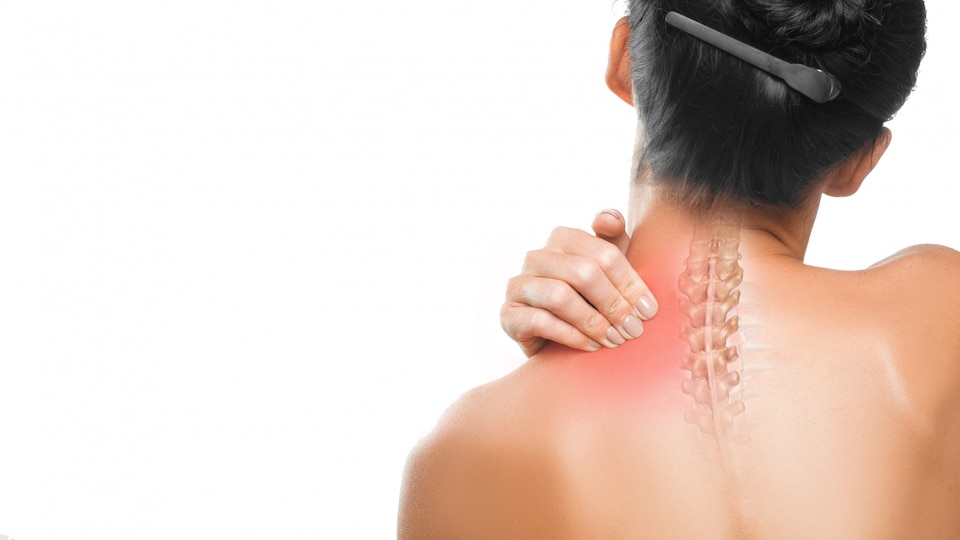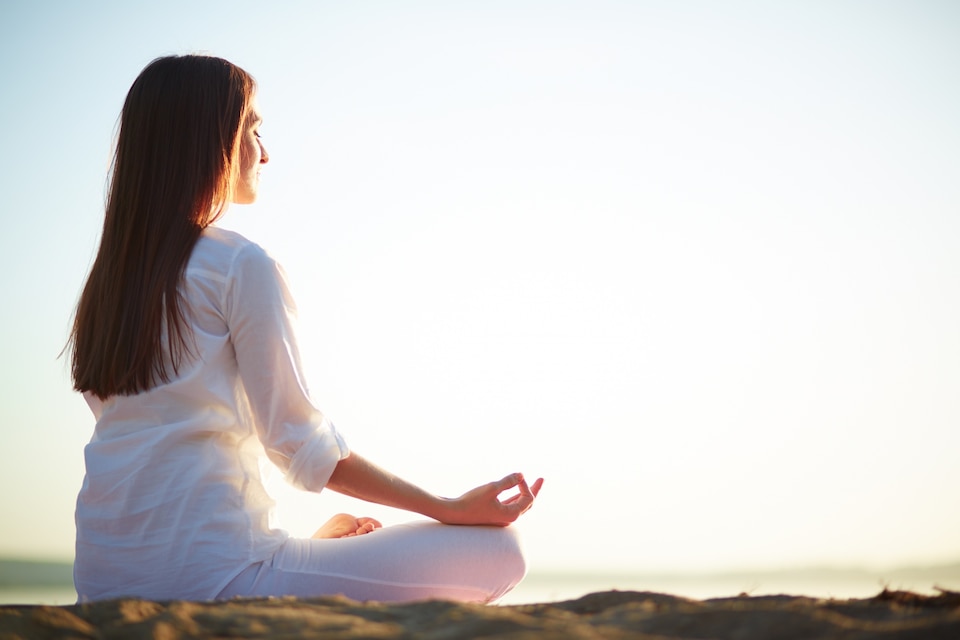In our fast-paced, technology-driven world, where computers and smartphones have become integral parts of our lives, there has been a significant rise in Work-Related Upper Limb Disorders (WRULDs). These conditions arise from repetitive or strenuous activities that cause discomfort or pain in the hands, shoulders, and neck. While conventional medicine primarily focuses on symptom management, Ayurveda, a traditional Indian health system, offers a unique perspective. Among the myriad of natural solutions Ayurvedic therapies for WRULDs stand out for their effectiveness and holistic approach.
Understanding the various types of WRULDs can help individuals recognize and address specific issues. Here are some common types:
-
Carpal Tunnel Syndrome (CTS)
CTS is one of the most well-known WRULDs. It occurs when the median nerve, which runs through the carpal tunnel in the wrist, becomes compressed or irritated. This can result in symptoms such as numbness, tingling, pain, or weakness in the hand and fingers.

-
Tendinitis
Tendinitis refers to the inflammation or irritation of a tendon, which connects muscle to bone. WRULD-related tendinitis often affects the tendons in the wrists, elbows, or shoulders. Symptoms may include pain, swelling, and difficulty moving the affected joint.
-
Tennis Elbow (Lateral Epicondylitis)
Tennis elbow is a condition characterized by pain and tenderness on the outside of the elbow. It typically occurs due to repetitive gripping or wrist extension motions, leading to inflammation of the tendons in the forearm.
-
Golfer’s Elbow (Medial Epicondylitis)
Similar to tennis elbow, golfer’s elbow affects the tendons on the inside of the elbow. It is caused by repetitive movements, such as gripping or wrist flexion, and can result in pain and tenderness.
-
Rotator Cuff Tendinitis
This condition involves inflammation of the tendons and muscles in the shoulder joint. It can cause pain, weakness, and restricted mobility in the shoulder and arm. Overhead activities or repetitive motions involving the shoulder can contribute to rotator cuff tendinitis.

-
De Quervain’s Tenosynovitis
De Quervain’s tenosynovitis affects the tendons on the thumb side of the wrist. It typically results from repetitive hand or thumb movements and can lead to pain, swelling, and difficulty gripping or pinching.
-
Trigger Finger
Trigger finger is characterized by the catching or locking of a finger in a bent position. It occurs when the flexor tendon becomes inflamed or thickened, making finger movement difficult or painful.
The Ayurvedic View on WRULDs
According to Ayurveda, health is a delicate balance of three elemental substances known as ‘doshas’: Vata, Pitta, and Kapha. WRULDs are often considered an expression of an imbalance in the ‘Vata dosha,’ responsible for managing all bodily movements. Prolonged and unnatural movements of the upper limbs, such as those commonly associated with office work, can disrupt Vata, leading to WRULD symptoms.
Ayurvedic Therapies for WRULDs
Several Ayurvedic therapies have proven effective in providing relief and improving the quality of life for those with WRULD:
- Abhyanga (Ayurvedic oil massage): This traditional therapy involves a full body massage using specially chosen medicated oils tailored to your specific dosha imbalance. It aids in alleviating muscular tension, enhancing circulation, and stimulating the lymphatic system, thereby reducing WRULDs symptoms.
- Pinda Sweda (Medicated bolus fomentation): In this therapy, the body or affected areas are fomented with a bolus containing medicated powders, leaves, or rice. Pinda Sweda helps reduce inflammation and relieve pain, making it an effective Ayurvedic treatment for WRULDs.
- Nasya (Nasal drops therapy): This treatment involves administering medicated oils or ghee through the nostrils. It is believed to provide relief from various neurological and musculoskeletal conditions, including WRULD.
- Yoga and Meditation in Ayurveda : In addition to the aforementioned therapies, yoga and meditation play pivotal roles in the Ayurvedic approach to managing WRULD. Specific yoga postures can strengthen the muscles of the upper limbs and improve flexibility, aiding in the prevention and management of WRULD. Similarly, meditation and pranayama (breathing exercises) help manage stress, a known exacerbating factor for these disorders.

- Diet and Lifestyle: Equally important to Ayurvedic therapies for WRULDs are dietary and lifestyle modifications. Ayurveda places emphasis on a Vata-balancing diet, consisting of warm, cooked, and easily digestible foods, which can help manage these disorders. Regular breaks during work, exercises to improve posture, adequate sleep, and stress reduction techniques are all crucial for overall health and well-being.
Conclusion
While WRULDs are often considered an unfortunate consequence of our modern lifestyle, they can be effectively managed through a holistic approach. Ayurvedic therapies for WRULDs offer a natural and non-invasive solution, addressing not just the symptoms but also the root cause of the problem. By incorporating these therapies alongside necessary dietary and lifestyle changes, you can effectively manage WRULDs, thereby enhancing your overall health and quality of life. Raha Ayurveda in Kochi is renowned for providing the finest Ayurvedic treatment for WRULDs. With extensive knowledge in Ayurveda and commitment to holistic healing, Raha Ayurveda offers the most effective and personalized solutions to alleviate the symptoms and improve the overall well-being of individuals suffering from WRULDs.

Leave a Reply